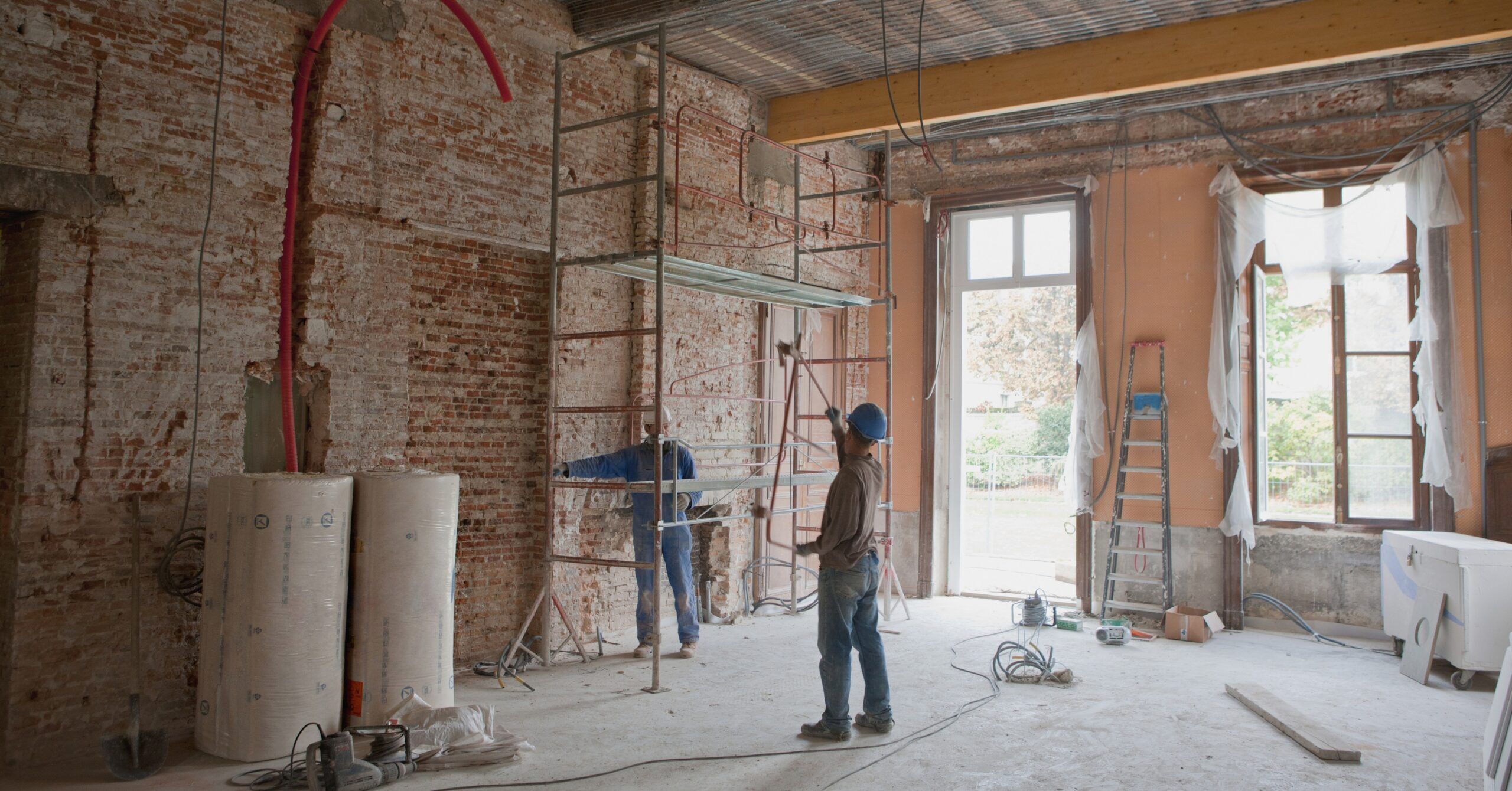For years, Australians have been passionate about renovating their homes, fuelled by the dream of creating a space that reflects their style while increasing property value. The renovation boom saw homeowners investing heavily in their properties, from kitchen makeovers to full-scale home extensions. However, with economic pressures mounting and property trends shifting, is this once-thriving industry losing momentum?
The rise in interest rates, soaring construction costs, and economic uncertainty have left many wondering whether renovations are still a wise investment. It’s time to explore whether the renovation trend is becoming extinct in Australia and what this means for homeowners considering a home improvement project.
The Rise of the Renovation Boom
Over the past decade, home renovations in Australia surged, driven by several factors:
- Rising property values: As house prices climbed, many homeowners opted to renovate rather than move, adding value to their existing properties.
- COVID-19 lockdowns: The pandemic prompted homeowners to reassess their living spaces, leading to increased spending on home offices, outdoor areas, and functional upgrades.
- Government incentives: Schemes like the HomeBuilder grant provide financial assistance for renovations, making it an attractive option.
- Easy access to finance: Low interest rates made borrowing for renovations more affordable, encouraging homeowners to take on significant improvement projects.
However, the landscape has since changed, and the appetite for renovations is slowing.
Why Renovation Interest May Be Declining
Higher Interest Rates and Cost of Living Pressures
The Reserve Bank of Australia’s consecutive interest rate hikes have significantly impacted household budgets. Many homeowners are reconsidering their financial priorities with mortgage repayments rising and everyday expenses increasing. Where home improvements once seemed like a worthwhile investment, the strain on disposable income means renovations are being put on hold.
Escalating Construction Costs and Labour Shortages
The cost of building materials has skyrocketed due to global supply chain disruptions, which has pushed renovation budgets. Additionally, Australia has been experiencing a shortage of skilled tradespeople, leading to longer wait times and higher labour costs. For many homeowners, a combination of these factors has made renovations financially unfeasible.
Property Market Trends
Another factor contributing to the decline in renovations is shifting property market trends. In the past, renovations were seen as a way to increase a home’s resale value, but with uncertain property values, homeowners are hesitant to invest large sums into improvements. Additionally, some are opting for knockdown-and-rebuild projects instead, which can be more cost-effective than extensive renovations.
Are Australians Still Renovating?
Despite economic challenges, complete renovations haven’t completely disappeared - but they are on the way out. Homeowners now focus on smaller, more affordable upgrades rather than major structural changes. Instead of full home extensions, people are choosing cosmetic improvements such as:
- Kitchen and bathroom updates with cost-effective materials.
- Energy-efficient upgrades like solar panels and insulation.
- DIY projects to save on labour costs.
- Sustainable renovations using recycled materials.
While high-end renovations are on the decline, practical and budget-conscious improvements remain popular.
Changing Homeowner Priorities
The concept of ‘renovation’ is no longer solely about aesthetics or adding value for resale - homeowners are beginning to prioritise functionality, sustainability, and cost-efficiency. The emotional motivations behind renovations have shifted; people want to improve comfort, liveability, and long-term affordability rather than create showpieces.
For example, the desire for energy-efficient upgrades, better insulation, and solar installations reflects the growing importance of reducing energy bills and embracing sustainable living. Similarly, multi-purpose spaces that support remote work, hobbies, and family life have become more desirable than lavish, one-use rooms.
This mindset shift will help define the future of home improvements in Australia. Rather than chasing design trends or luxury aesthetics, homeowners are increasingly seeking improvements that deliver daily practicality and long-term value.
The Impact on Related Industries
The shift away from large-scale renovations has had ripple effects across related industries. Builders, tradies, interior designers, and suppliers have all felt the impact of reduced demand. Some have had to pivot their services to cater to smaller jobs or repairs, while others focus on niche markets like sustainable building practices or home automation upgrades. Retailers of building supplies and furniture are also adjusting their product offerings to align with the growing demand for affordable and multifunctional home improvement solutions.
This industry evolution also presents opportunities. As homeowners turn towards cost-saving and eco-friendly choices, businesses that specialise in energy efficiency, recycled materials, or modular designs are experiencing increased interest. While challenging, this time of transformation also encourages innovation.
What Homeowners Should Consider Before Renovating
If you’re thinking about renovating, here are a few key factors to keep in mind:
1. Financial Planning and Budgeting
Before committing to a renovation, assess your financial situation carefully. This means factoring in all costs, including materials, labour, permits, and unexpected expenses. Consider whether you need to take out a loan and how rising interest rates might affect repayments.
2. Return on Investment (ROI)
Not all renovations add significant value to your home. Research which improvements yield the highest ROI - kitchen and bathroom upgrades typically provide good returns, whereas highly customised renovations may not appeal to future buyers.
3. Alternative Home Improvement Options
If a complete renovation isn’t feasible, consider smaller-scale improvements that still enhance your home’s appeal. Simple updates like repainting, landscaping, or updating fixtures can make a significant difference without breaking the bank.
4. Seek Expert Advice
Speaking with a financial advisor can help you determine whether a renovation aligns with your long-term financial goals. At Inovayt, we provide tailored financial solutions to help you make informed decisions about home improvements and investments.
How Can the Inovayt Team Help?
So, is the renovation trend becoming extinct in Australia? Not entirely, but it is certainly changing. While large-scale home transformations may be less common due to economic pressures, Australians are still finding ways to enhance their homes through budget-friendly and sustainable upgrades.
If you’re considering a renovation but are unsure about your financial options, Inovayt’s team of financial experts can help you navigate your choices. Get in touch with us today to discuss how you can achieve your home improvement goals without overextending your budget.


